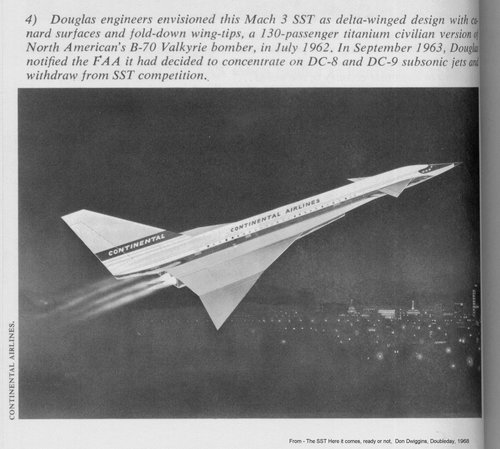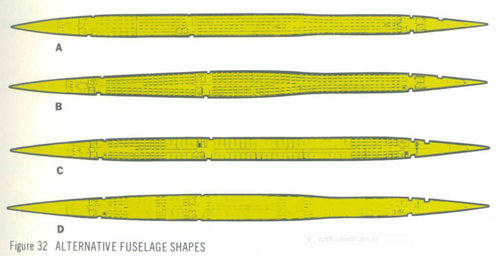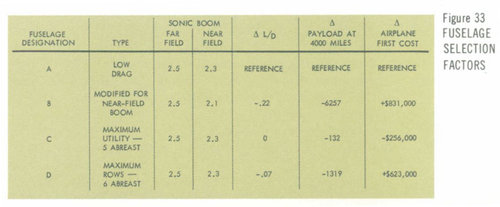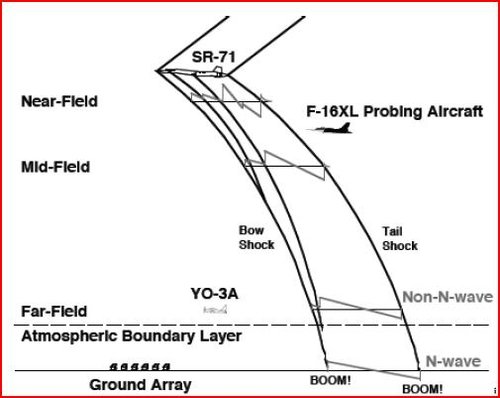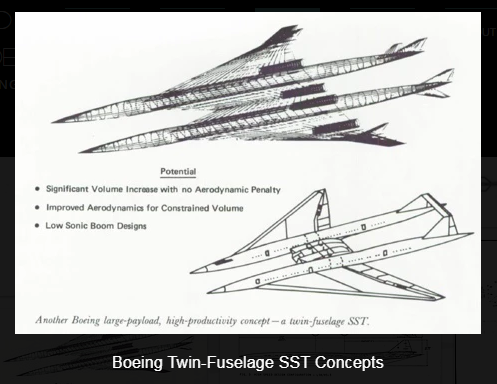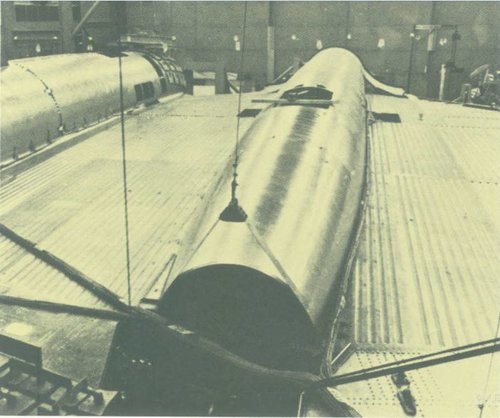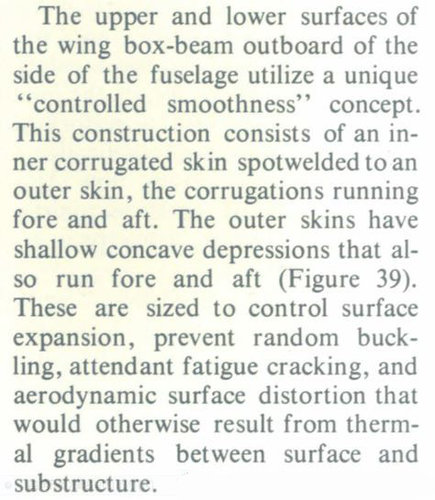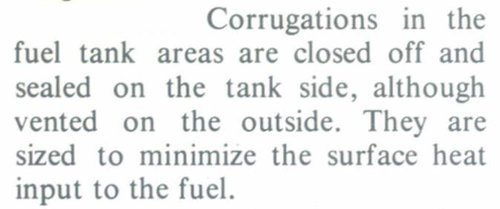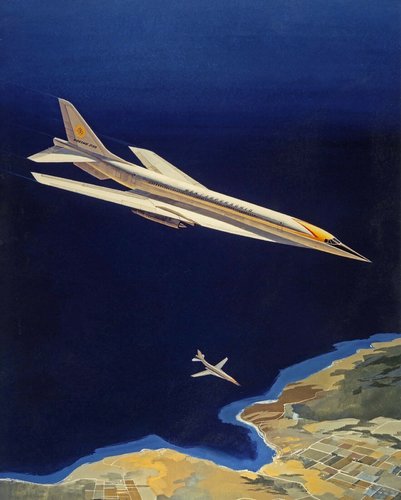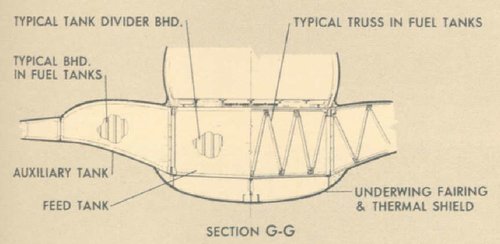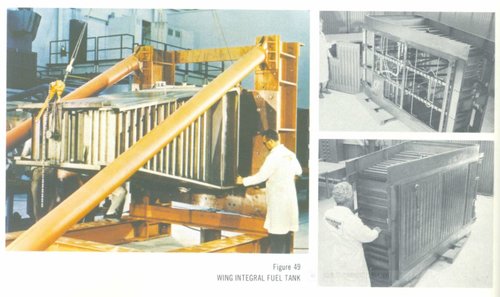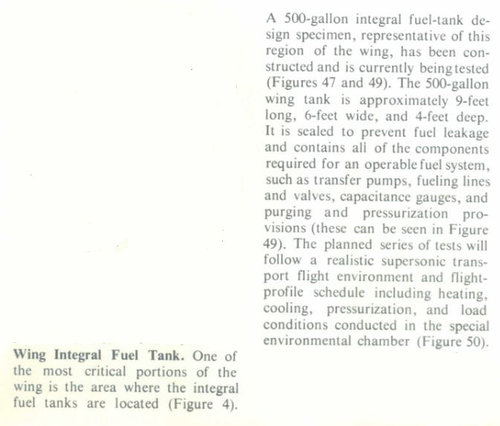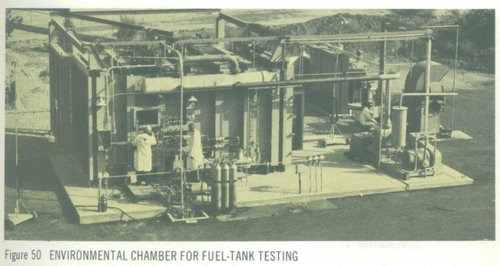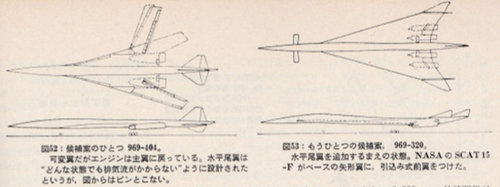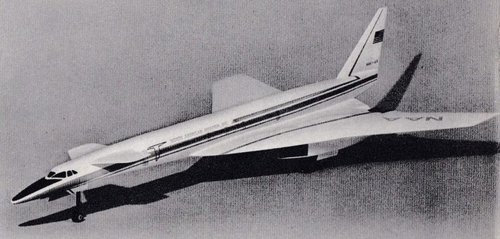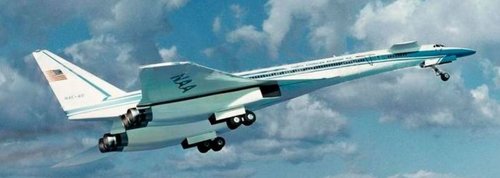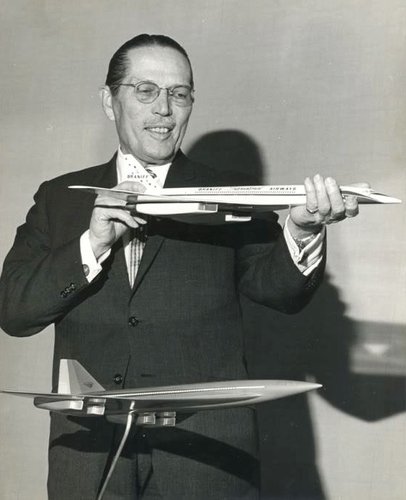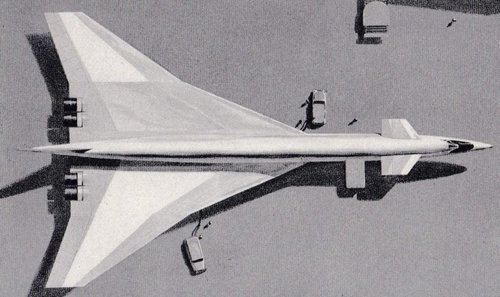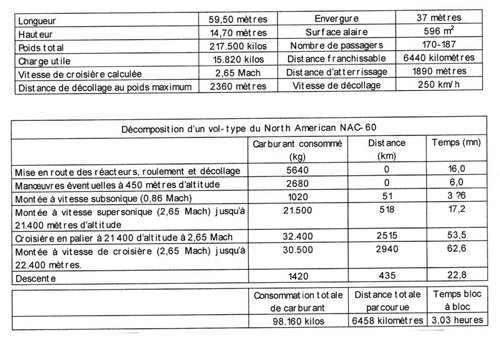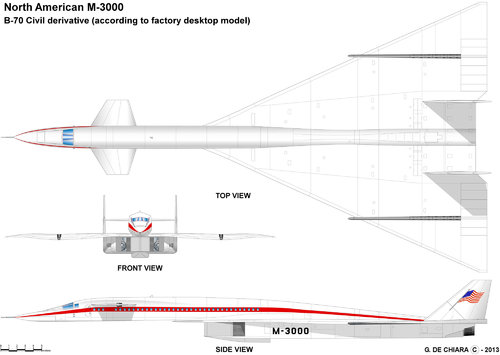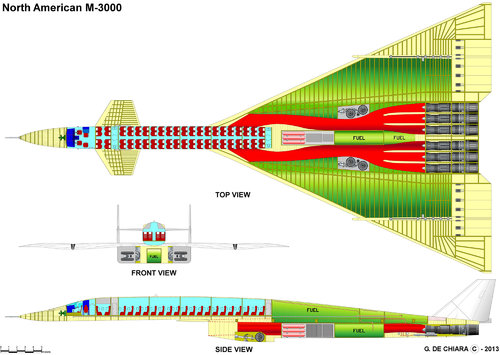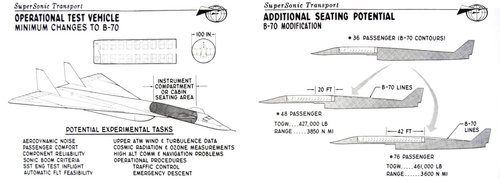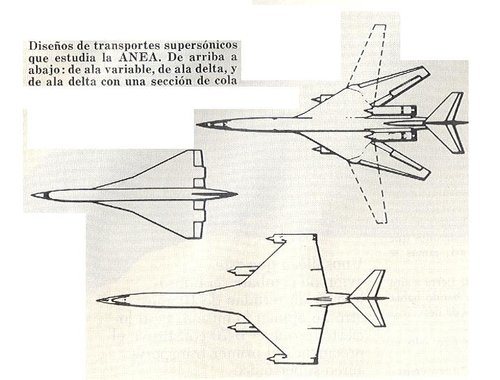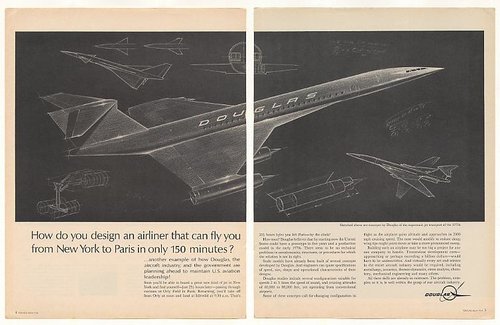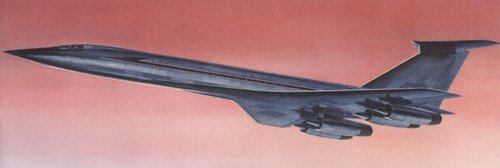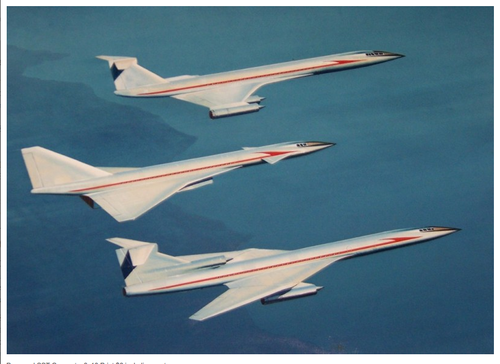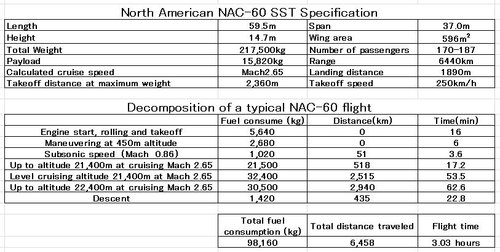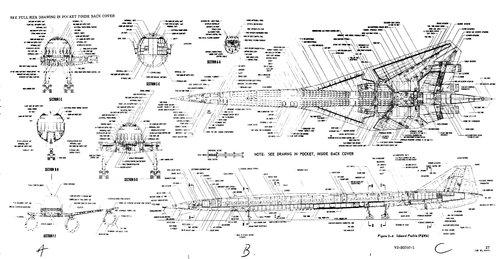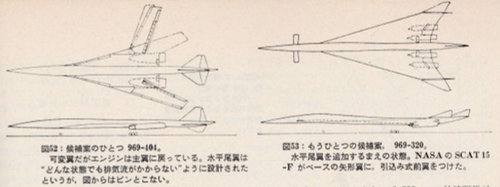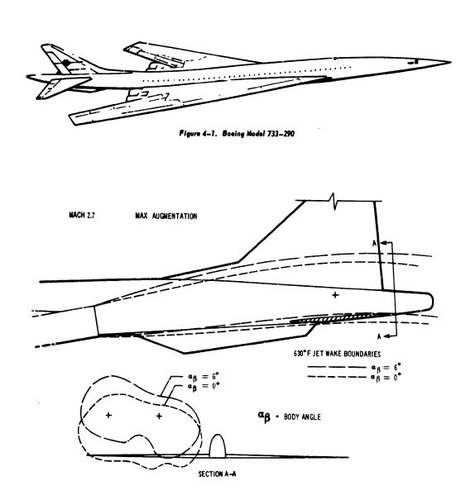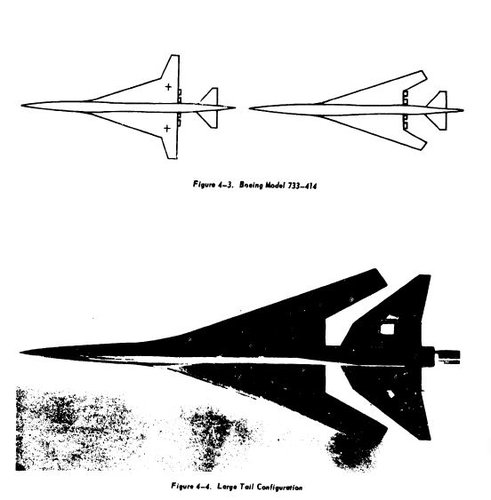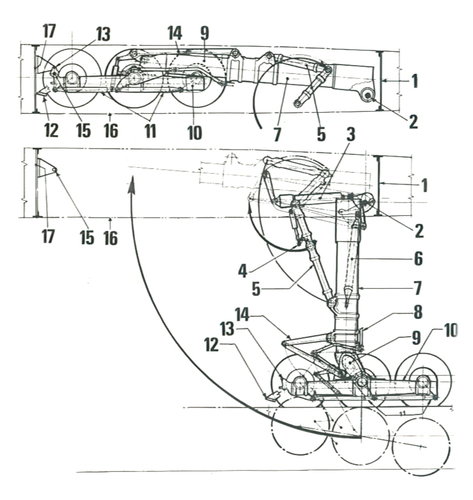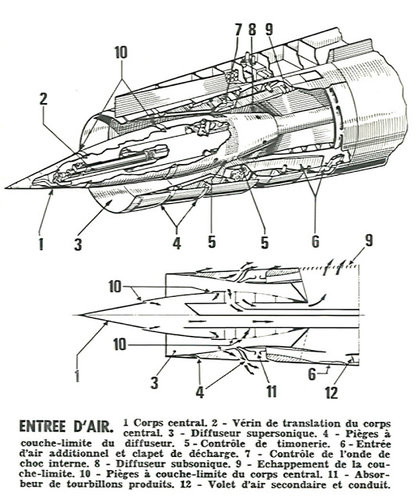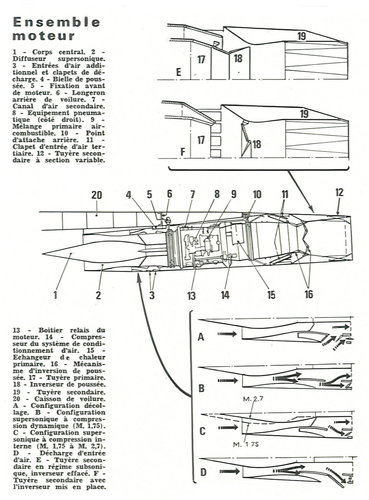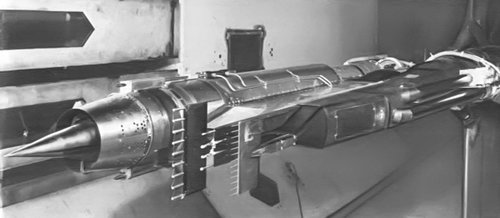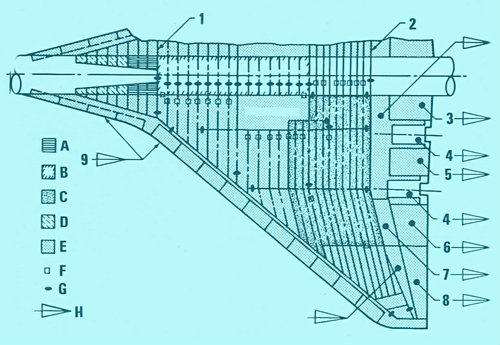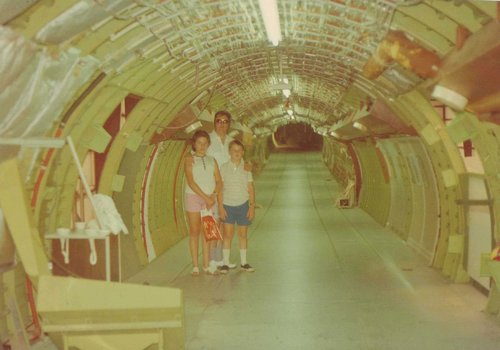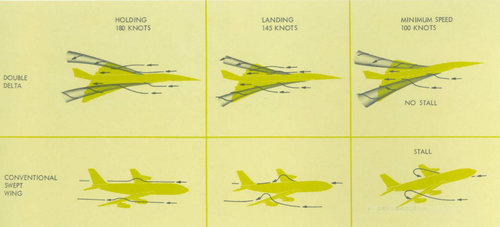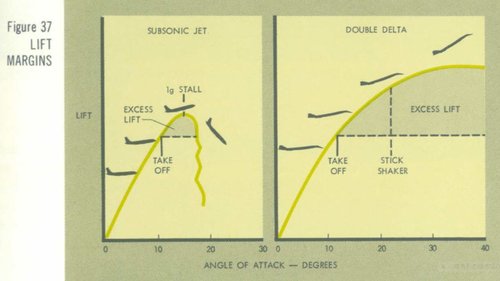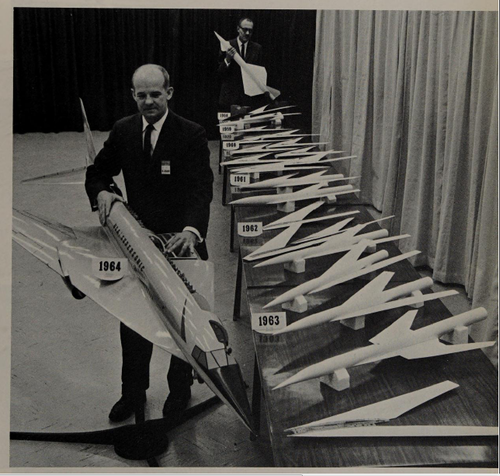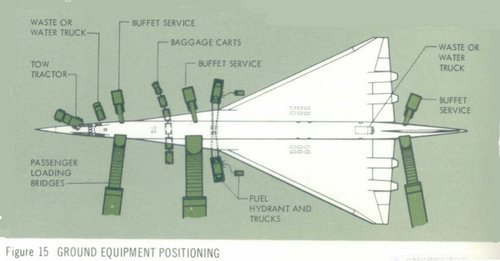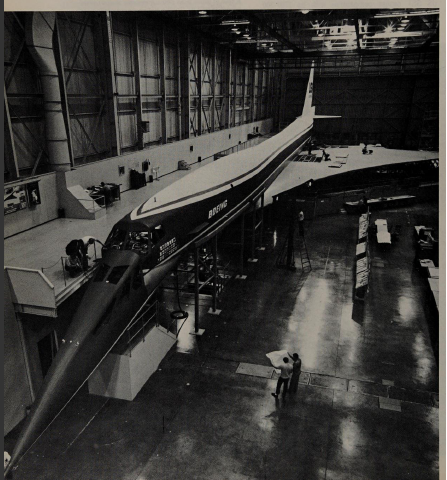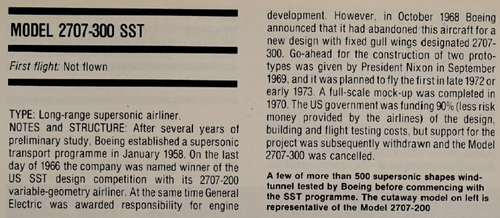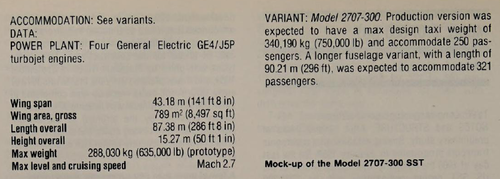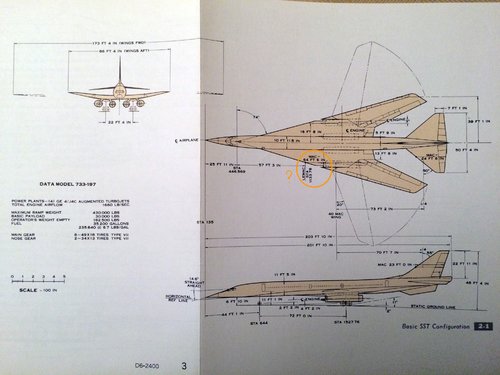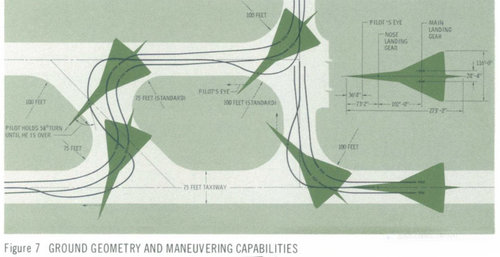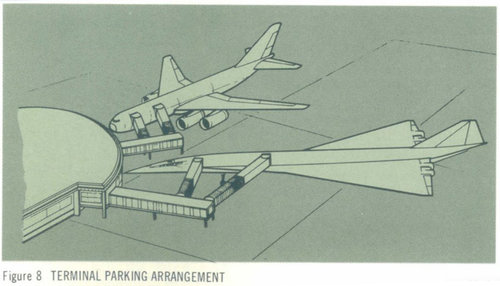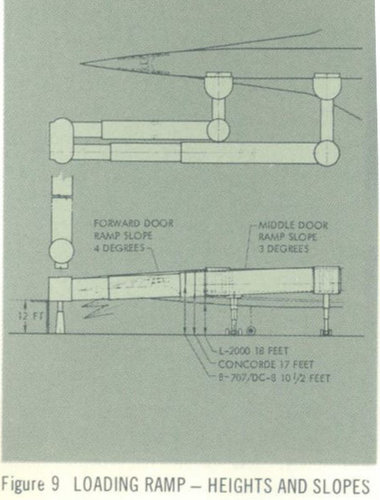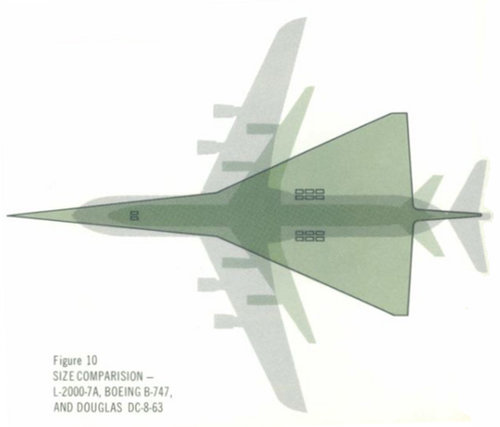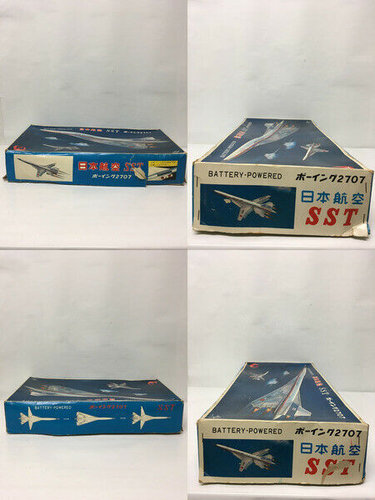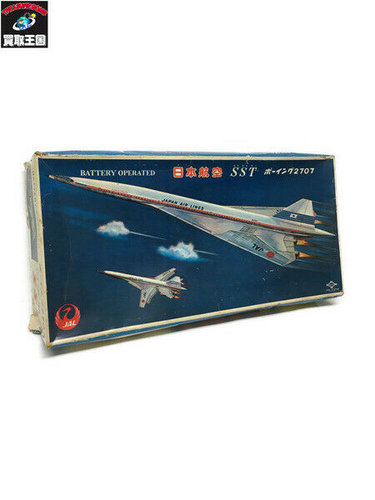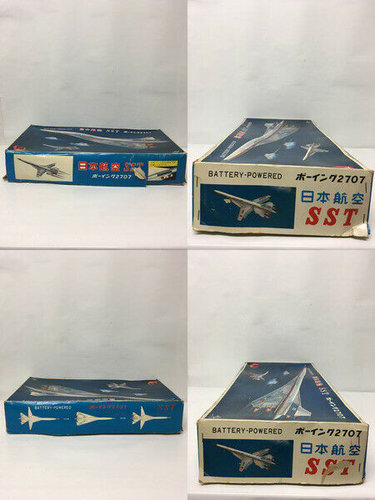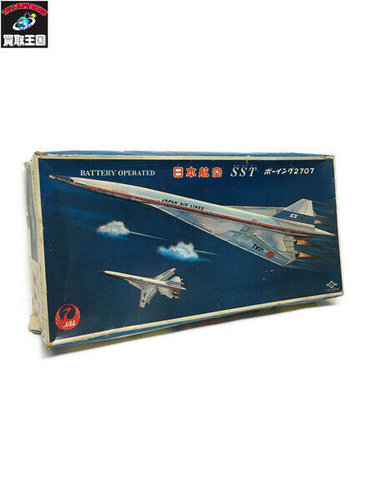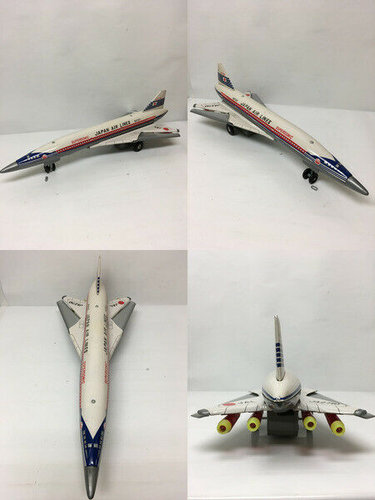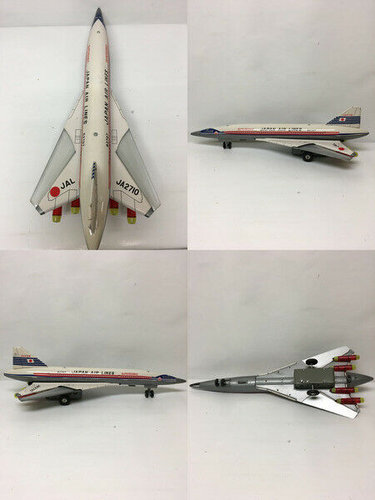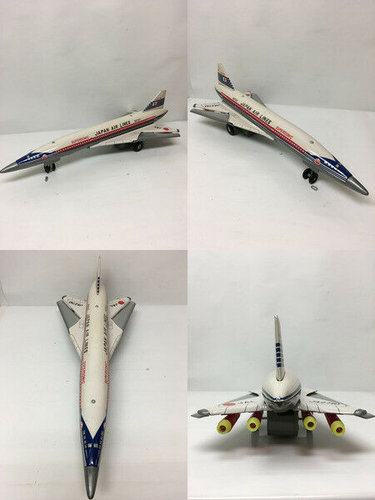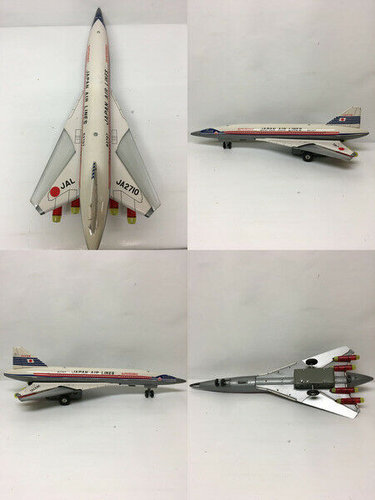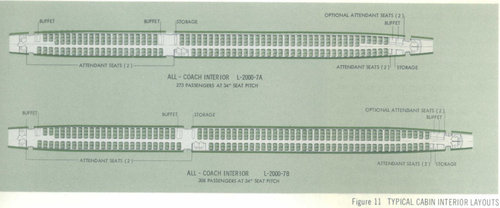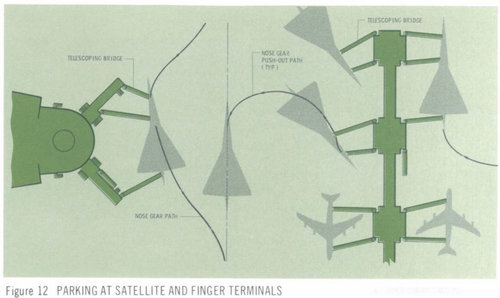Sonic boom consideration (Source : Lockheed Horizons, hard to understand for me.

)
Since the completion of phaseⅡA, research and development in the sonic boom area has been concentrated in assimilating and applying the “near field ” sonic boom analysis technique developed by Carlson and Mclean of the NASA-Langley Laboratory. The work of Carlson and Mclean showed that, for an airplane of the length of the supersonic transport, the classic “near field” approach to sonic boom analysis represented an oversimplification of the sonic boom prediction, particularly in acceleration and climb. During this segment of the flight profile, the airplane is not at sufficiently low altitudes that it is not yet in the far-field.
Advanced near-field analysis technique became necessary in order to understand the true nature of the pressure waves emanating from the airplane. Near-field sonic boom analysis techniques shows significant differences in both the wave form and peak overpressure predicted for supersonic transport aircraft flying in the acceleration and climb-altitude region. In general, the peak overpressure, when accurately determined from near field theory, may be less than those anticipated from far-field consideration. Not only does the pose the problem of complete understanding and application of the near-field technique, but it also raises a second question as to shape changes in the airplane to maximize near-field effect. Study and analysis by near-field techniques revealed that changes in the total sonic-boom area progression with airplane length alter the near-field signature.
A total area progression following a three-halves power variation with length from the nose was found to produce a so-called “flat top” wave form which minimizes sonic-boom according to near-field theory. The principal part of the airplane that can be altered to vary sonic-boom area progression is the fuselage. Therefore, an extensive fuselage shape program was undertaken.
As shown in Figure 32,
four different fuselage shapes were subjected to design study and wind-tunnel evaluation.
The first and third of these fuselages, designed
“A” and
”C” in Figure 32, were basic five abreast seating, cylindrical fuselages, with area differences in the aft portions only. These variations have negligible effect on the near-field boom signature.
Fuselage
“B” was developed to give a total sonic boom area progression following the optimum three-halves power relationship with length for a design Mach number of 1.8.
The additional area required in the forward region of fuselage
“B” was obtained by increasing fuselage cross-section to six abreast.
Fuselage
“D” represented another six abreast approach, but was aimed more at attaining a maximum length of six abreast seating than a three-halves power area distribution.
Complete design, wind tunnel, and cost analysis were performed on each of the four subject fuselage designs. Results of wind-tunnel model tests of all four fuselages in terms of supersonic maximum lift/drag ratio are shown in Figure 33.
Also shown in Figure 33, are weight-study results and manufacturing-cost estimates.
The drag and weight penalties associated with the “B” type fuselage were found to result in a very substantial payload loss as compared to fuselages of either type ”A” or type ”C”.
In addition, production cost of the ”B” type fuselage was substantially higher.
Since the ”C” type fuselage already achieved a good portion of the available near-field sonic boom reduction, and since its payload, cost factor, and interior arrangement flexibility factors were favorable, this fuselage was adopted for the L-2000-7 design.
Last picture source
With the undertitle “The Shaped Sonic Boom Demonstrator and the Quest for Quiet Supersonic Flight”, this ebook is a new release of the NASA ebook series, and comes just after the previo…

jaimeirastorza.wordpress.com

